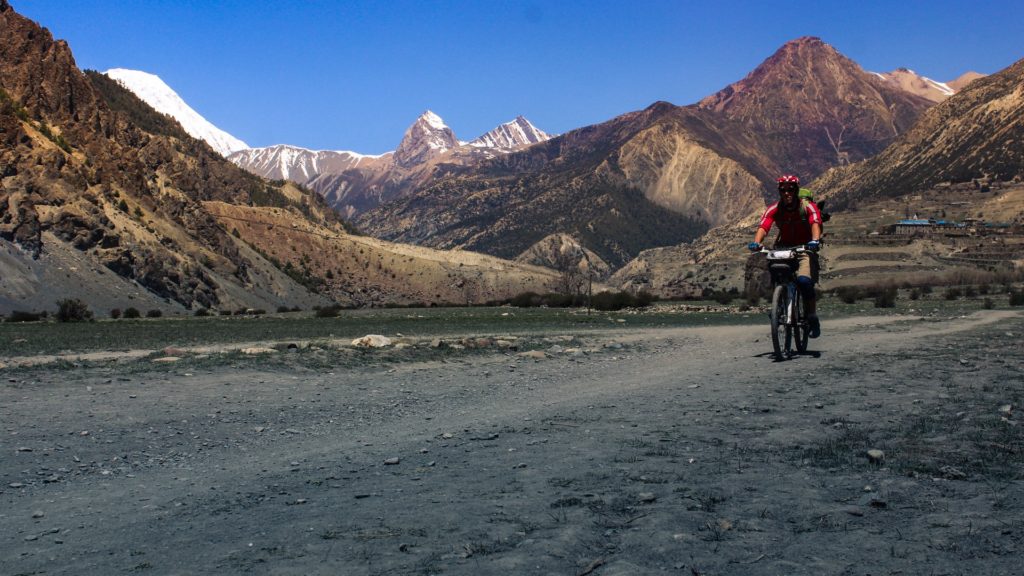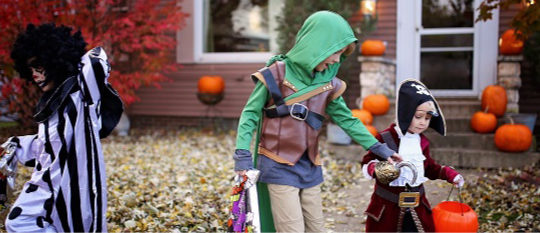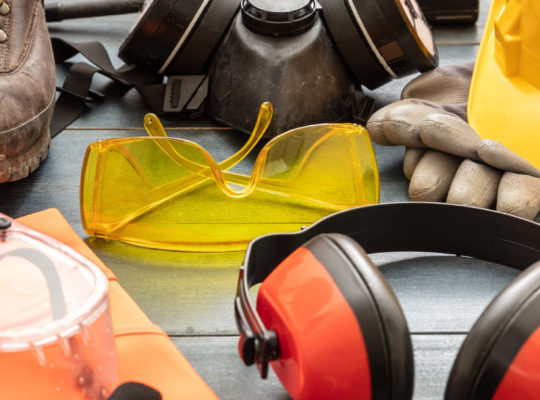Outdoor activities are some of the most exciting and can even be the most dangerous pursuits that there are. Among all the gear that you need to bring for any specific outdoor pursuit, a well-stock first aid kit is one of the most important. First aid kits can be tailored to very specific needs, but the basic components of a kit usually remain the same for almost every type of activity.
If you’re shopping for a pre-made kit, consider each of these before making your decision:
Group size
The kit needs to have adequate supplies to care for the entire group. It is important that the kit has enough supplies to care for multiple injuries if you have a large group.
Trip Itinerary
Long trips run the risk of more injuries, so be sure that the kit is designed to sustain a group long enough. Some manufacturers will denote the intended trip length in the description of the product. If a trip is especially remote, you will need to have a larger kit to sustain a massive injury until help can arrive, even if this is days away.
Activity Risk
Canoeing will have different risks than free climbing or backcountry mountain biking. Be sure that the kit has the right supplies to care for an injury in your sport.
Special needs
Does anyone in your group have specific medical issues? Make sure that you add any special items to the kit so that you can be prepared for anything from allergies to a bee sting.
Custom Outdoor First Aid Kits
If you would rather build your own custom kit, here is a list of the basics for an outdoor first aid kit:
Gloves
Nitrile gloves are the best kind because most people aren’t allergic to them and they offer the best level of protection.
Athletic Tape
It is an all-purpose item that can be used for wrapping ankles, protecting against blisters and even fixing torn gear. 1” rolls work the best for the most applications.
Gauze
Gauze is used to stop bleeding, hold bandages in place and to help with wrapping injuries. Small and large rolls of gauze should be included in all any good kit.
Adhesive Bandages
Most people know that there should be bandages in any first aid kit, but be sure to include bandages for different sizes and uses. You will need small bandages for cuts and blisters and larger ones for scrapes and brush burns.
Tweezers
Tweezers are good for a variety of first aid and other uses. They are always good to keep in a kit for the outdoors.
Trauma Shears
These will help you to cut tape or gauze for dressings or to remove bandages. A good pair of shears are inexpensive, but invaluable for helping bandage an injury.
Blister Care
Blisters are extremely common outdoors whether it is your foot from hiking or your hands from paddling. Proper treatment right away will make sure that the blisters don’t inhibit your adventure.
Everyone knows that an outdoor first aid kit is important, but it isn’t always easy to know what you need in the kit. Following these basic pieces of advice will help you to be safe outdoors, no matter what your pursuit.


